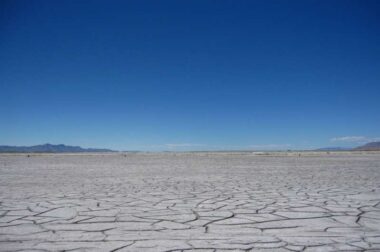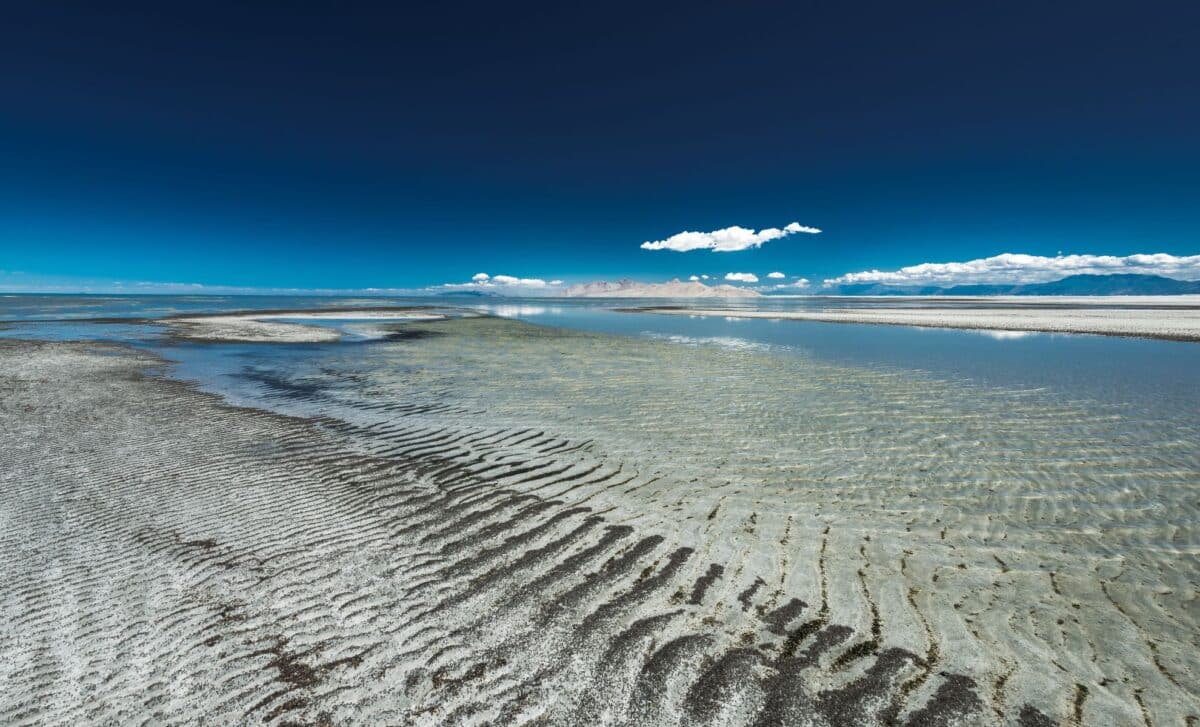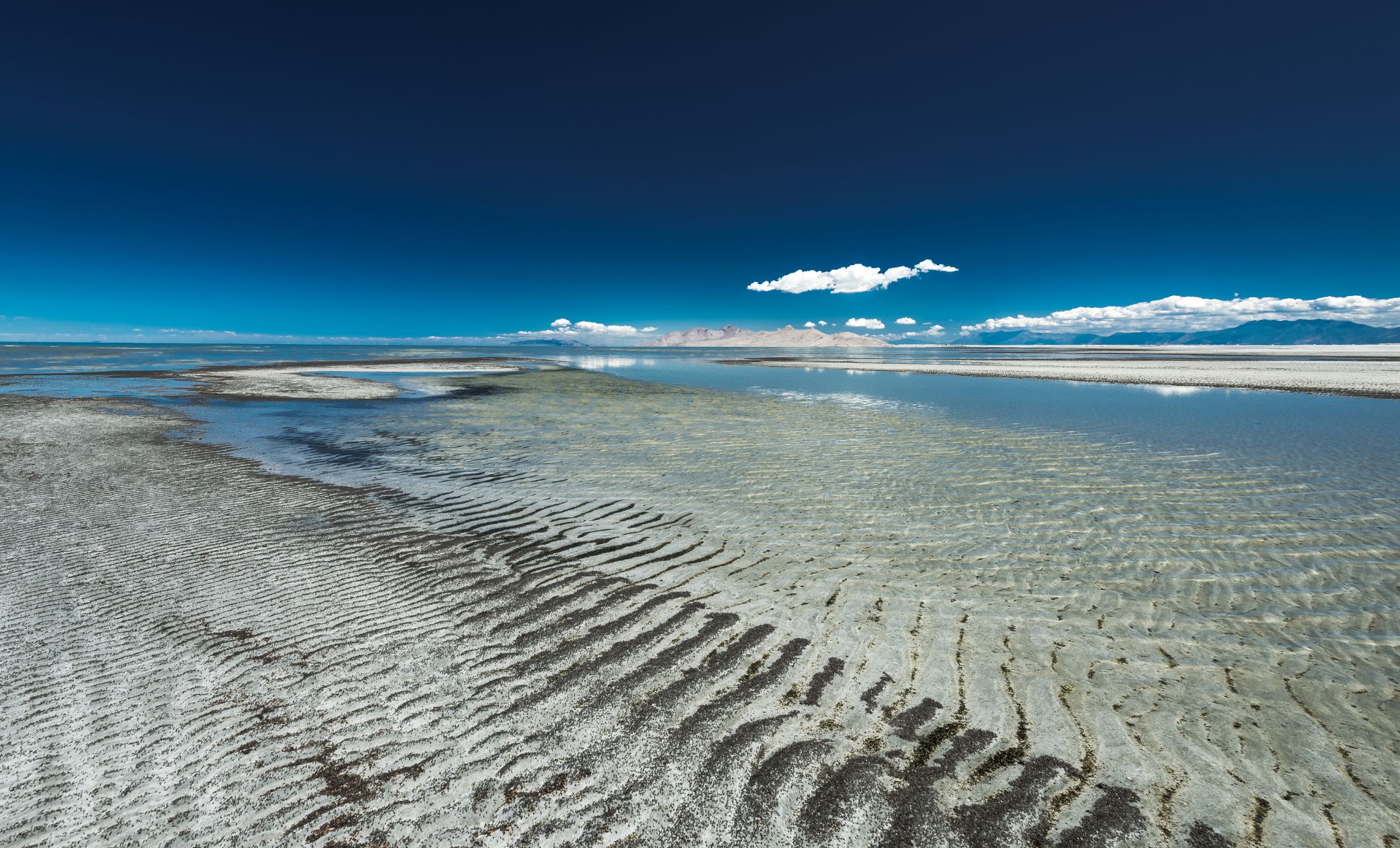Recent studies have revealed that the Great Salt Lake, a critical natural landmark, is becoming an unexpected source of significant greenhouse gas emissions as it continues to shrink.
This phenomenon, largely attributed to human activities such as excessive water diversion for agriculture and industrial use, is causing previously submerged sediments to release large quantities of carbon dioxide and methane.
These emissions, estimated at 4.1 million tons in 2020 alone, are contributing to the state's greenhouse gas output, raising concerns about their impact on both regional and global climate change dynamics.
Unveiling the Greenhouse Gas Contributions from the Lakebed
As the water levels of the Great Salt Lake decline, vast areas of the lakebed are exposed, releasing trapped greenhouse gases into the atmosphere. This process is exacerbated by human-induced changes, including reduced inflow due to agricultural water use and diversion projects.
Soren Brothers, a lead researcher and ROM's Allan and Helaine Shiff Curator of Climate Change, highlighted the severity of the situation, noting that "Human-caused desiccation of Great Salt Lake is exposing huge areas of lake bed and releasing massive quantities of greenhouse gases into the atmosphere."
The emissions from the Great Salt Lake alone account for approximately 7% of Utah's total human-caused greenhouse gas emissions, illustrating the significant impact of this natural source. This situation parallels other similar cases worldwide, such as the Aral Sea and Lake Urmia, where desiccation has led to environmental and ecological crises, emphasizing the need for urgent intervention and sustainable water management practices.

Health Risks Linked to Toxic Dust Emissions
Beyond greenhouse gases, the drying lakebed of the Great Salt Lake is also a significant source of harmful dust emissions, posing serious health risks to nearby populations. Dust storms originating from the lakebed carry fine particulate matter, including PM10 and PM2.5 particles, which are known to cause respiratory and cardiovascular diseases.
A study from the University of Utah has raised alarms about the presence of toxic substances in the dust, such as arsenic and other heavy metals. These substances pose a disproportionate risk to vulnerable communities around the lake, particularly affecting minority and low-income groups. Kevin Perry, a researcher specializing in Great Salt Lake dust, pointed out the critical gaps in monitoring, stating, "People always ask me, ‘How often are these dust events?’ I don’t know. ‘Are they getting worse?’ I don’t know. ‘Are they causing a health impact?’ I don’t know, because we don’t have the data."
The lack of comprehensive monitoring equipment and data complicates efforts to assess and mitigate the health impacts, underscoring the need for improved environmental monitoring and public health initiatives.
The Urgency of Environmental and Health Mitigation Strategies
The findings regarding the Great Salt Lake’s contribution to greenhouse gas emissions and harmful dust underline the urgent need for comprehensive environmental and health mitigation strategies. The Utah Legislature's allocation of over $275,000 for new PM10 samplers in 2023 is a positive step towards better understanding the extent of dust emissions.
However, as of mid-2024, these monitors have yet to be deployed, leaving a critical gap in data collection. Chris Pennell from the Division of Air Quality emphasized the importance of thorough preparation in this regard, noting, "We really just want to get it right and make sure that we’re purchasing the right instruments that are going to be able to answer the questions the best we can."
With nearly 800 square miles of the lakebed now exposed, the potential for dust storms is higher than ever, making it imperative to implement timely and effective measures. Addressing these challenges requires not only improved monitoring and data collection but also proactive strategies to restore the lake’s water levels, mitigate dust emissions, and safeguard public health.
The situation at the Great Salt Lake serves as a critical reminder of the broader environmental challenges posed by shrinking saline lakes globally, necessitating coordinated efforts across scientific, governmental, and community sectors.




